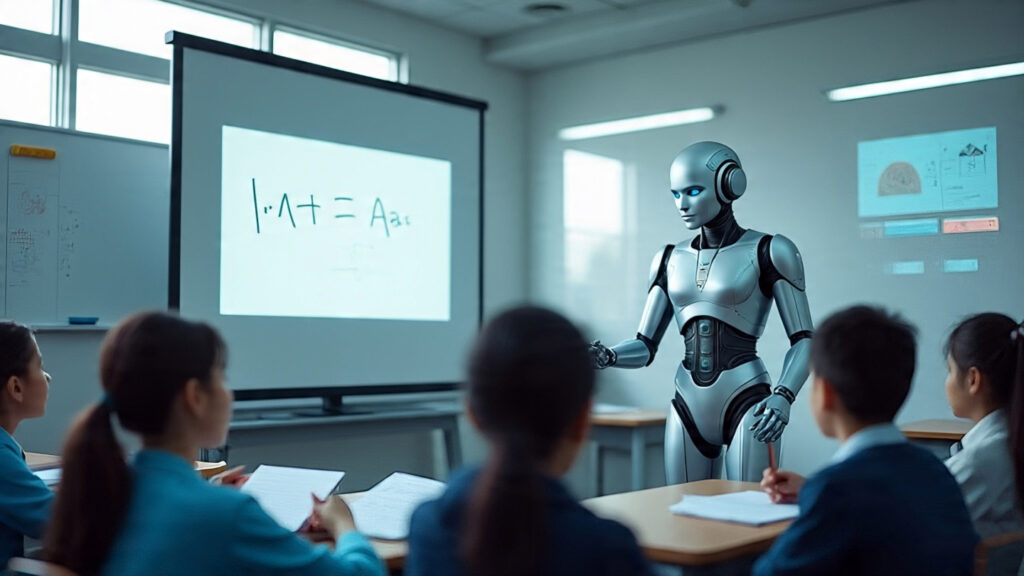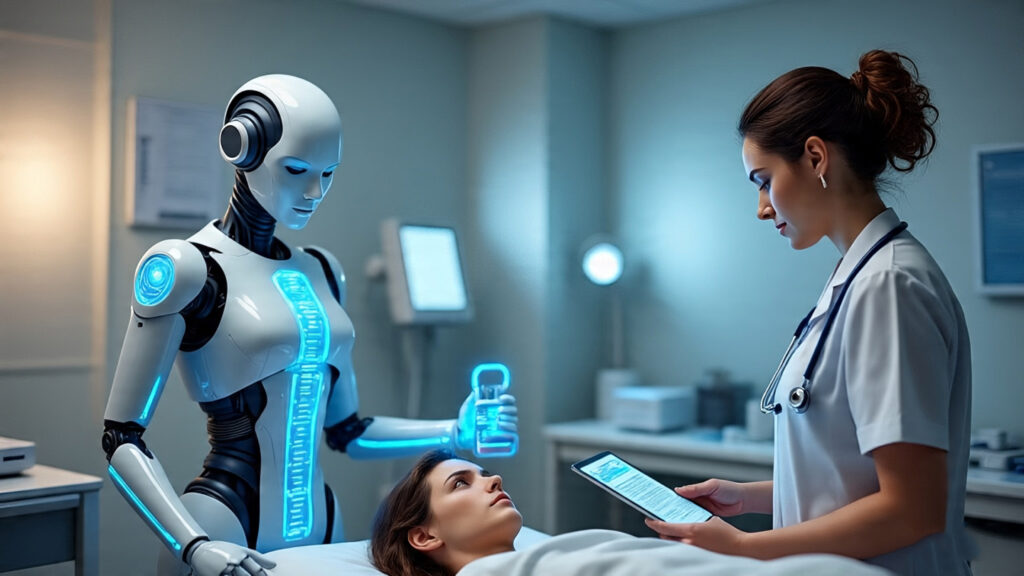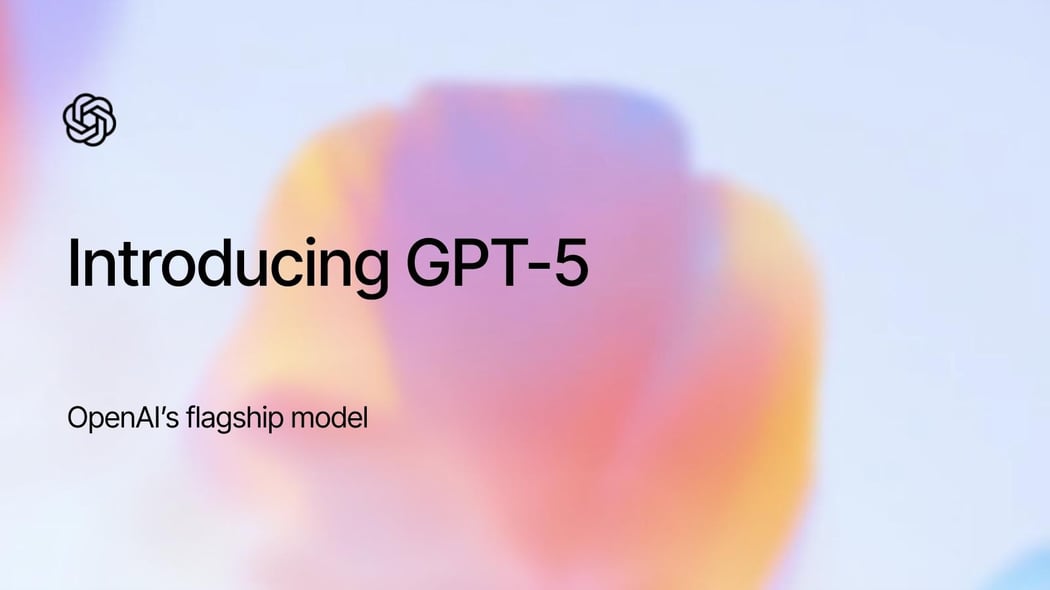Artificial Intelligence (AI) has evolved rapidly over the past decade, transforming from a niche research field into a powerful technology that powers search engines, chatbots, creative tools, and even medical diagnostics. One of the most significant contributors to this AI revolution is OpenAI’s Generative Pre-trained Transformer (GPT) series.
With GPT-5, OpenAI has taken a major leap forward, introducing capabilities that push the boundaries of human-machine interaction. While GPT-3 amazed the world with its fluency, and GPT-4 improved reasoning and multimodal understanding, GPT-5 aims to combine these strengths with advanced reasoning, memory, and adaptability — making it the most human-like AI model yet.
A Brief History of the GPT Series
Before diving into GPT-5, it’s important to understand the journey that led here:
- GPT-1 (2018): A proof of concept — 117M parameters, basic language generation.
- GPT-2 (2019): 1.5B parameters, capable of writing coherent articles and stories, but withheld initially due to concerns about misuse.
- GPT-3 (2020): 175B parameters, marked a turning point in AI’s ability to hold conversations, write essays, and code.
- GPT-4 (2023): Improved reasoning, fact-checking, multimodal input (text + images), and better handling of complex instructions.
- GPT-5 (2025): The next leap — better memory, advanced reasoning, and real-time adaptability.
What Makes GPT-5 Different?
GPT-5 builds on the GPT-4 architecture but incorporates several groundbreaking improvements:
1. Persistent Memory
Unlike previous versions, GPT-5 can remember past interactions with a user over long periods. This means it can maintain context between conversations — helping businesses create deeply personalized AI assistants and individuals use AI as a true “digital companion.”
2. Advanced Reasoning
GPT-5 isn’t just better at generating words; it’s better at thinking. Thanks to more sophisticated training and reinforcement learning techniques, it can solve complex multi-step problems, plan tasks, and even generate strategies in fields like business, education, and science.
3. Real-Time Multimodal Abilities
While GPT-4 could understand images, GPT-5 takes multimodal learning further:
- Text + Images + Audio + Video understanding in a single conversation.
- Ability to analyze video frames and extract context in real time.
- Audio-to-text and text-to-audio with natural human-like voices.
4. Larger Training Dataset & Fine-Tuning
GPT-5 has been trained on more recent data (up to 2025), meaning it’s aware of the latest global events, technologies, and trends — reducing the need for frequent web searches for factual updates.
5. Improved Safety & Fact-Checking
A major criticism of earlier models was “hallucination” — making up facts. GPT-5 integrates real-time fact-checking APIs and a more robust self-verification mechanism, reducing misinformation significantly.
How GPT-5 Works (In Simple Terms)
At its core, GPT-5 is a Transformer-based neural network — a system inspired by how human brains process language. It works in three key steps:
- Pre-Training
GPT-5 is fed a massive dataset of text, images, and audio. It learns patterns in language and meaning without being told explicitly what’s right or wrong. - Fine-Tuning
Using human feedback (RLHF — Reinforcement Learning from Human Feedback), GPT-5 learns to follow instructions, understand tone, and give safe, useful answers. - Inference
When you ask it a question, GPT-5 uses its training to predict the most likely and relevant response — in real time.
Key Use Cases of GPT-5
1. Education & Learning

GPT-5 can act as a personal tutor, explaining complex topics in different ways depending on the learner’s style. For example:
- Explaining calculus visually for visual learners.
- Giving real-world examples for practical learners.
- Simulating historical events for history students.
2. Content Creation
Writers, marketers, and social media managers can use GPT-5 for:
- Blog writing (like this one).
- Scriptwriting for YouTube videos or podcasts.
- Generating ad copy optimized for SEO and engagement.
3. Programming & Software Development
GPT-5 can write, debug, and explain code in multiple programming languages, making it a powerful assistant for developers. It can even read a GitHub repository and suggest optimizations.
4. Healthcare
In medical contexts, GPT-5 can assist doctors with patient record analysis, symptom checking, and treatment recommendations — all while cross-referencing medical research in real time.

5. Business Automation
From drafting contracts to analyzing market data, GPT-5 can take over repetitive tasks, freeing humans to focus on strategic decisions.
6. Creative Arts
Artists and filmmakers can use GPT-5 to generate ideas, storyboards, and even interactive story experiences that blend text, images, and video.
Advantages of GPT-5
- More Human-Like Conversations — Understands nuances like sarcasm, emotion, and humor.
- Context Retention — Remembers previous chats, making interactions more natural.
- Factual Accuracy — Reduced hallucinations through built-in verification.
- Cross-Modal Creativity — Can generate a blog, an infographic, and a narrated audio — all from one prompt.
- Better Accessibility — Supports more languages, including regional dialects and sign language interpretations.
Limitations of GPT-5
While GPT-5 is a technological marvel, it’s not perfect:
- Dependence on Training Data — If something isn’t in its dataset or API connection, it may still produce outdated answers.
- Cost — Advanced AI services may be expensive for small businesses.
- Ethical Concerns — Potential misuse in generating deepfakes, spreading misinformation, or replacing human jobs.
- Bias — While reduced, biases in data can still influence outputs.
Ethical and Societal Impact
The rise of GPT-5 will spark debates about:
- Job Automation: Roles in customer service, content writing, and data analysis may be replaced or transformed.
- Misinformation: Even with fact-checking, bad actors could manipulate GPT-5 to produce misleading narratives.
- Privacy: With persistent memory, safeguarding user data will be more important than ever.
OpenAI has stated that it is working closely with regulators, developers, and ethicists to ensure GPT-5’s safe use.
The Future Beyond GPT-5
If GPT-5 is a step closer to human-like AI, what’s next? Experts predict:
- GPT-6 and Beyond: More autonomy, ability to run offline, and deep integration with physical robotics.
- Personal AI Companions: Fully customized AI personalities that live in wearable devices.
- AI Governance: Stricter regulations to ensure safe and ethical AI deployment.
Conclusion
GPT-5 marks a new chapter in artificial intelligence — one where machines don’t just understand words, but also context, emotion, and intent. Its blend of memory, multimodality, and reasoning makes it an unprecedented tool for education, creativity, business, and research.
But as with any powerful technology, the key will be responsible use. Used wisely, GPT-5 can be humanity’s partner in solving global challenges. Misused, it could amplify existing problems. The future of AI is not just about what it can do — but about how we choose to use it.
More For You
1.ChatGPT AI কীভাবে ব্যবহার করবেন – বিস্তারিত গাইড (বাংলায়)

